You’ve probably seen the headlines—the world is quickly running out of food. The good news is that you can do your part to help by starting a backyard farm. We started our backyard about 3 years ago, and are loving every aspect of our backyard farm.
It’s not as hard as you might think, and it can be a lot of fun. In this article, we’ll walk you through the basics of starting your own backyard farm. When we first start the backyard farm, then it was difficult, but we realized that if we do not take action, we will keep on procrastinating, and we will not get anything done.
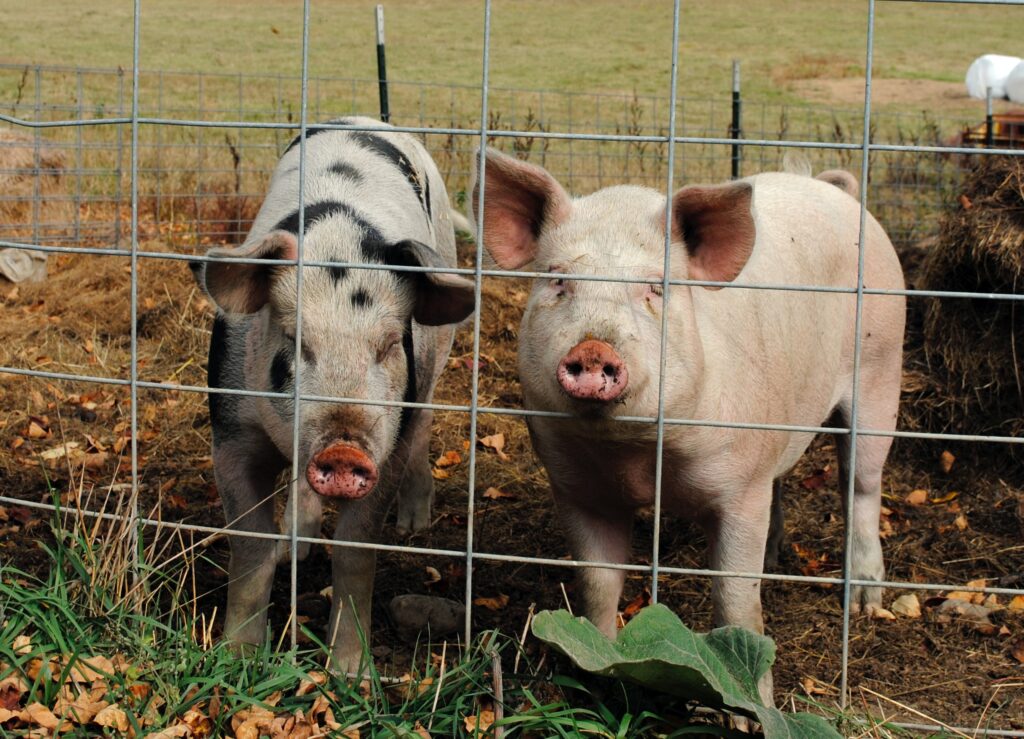
The Benefits of Backyard Farming
Imagine being able to walk out your back door and pick some fresh vegetables for dinner. Or being able to grab a handful of eggs from your chicken coop.
Sound too good to be true? Well, it’s not. Thanks to the rising popularity of backyard farming, more and more people are discovering the benefits of growing their own food.
There are lots of reasons why backyard farming is a great idea: you can save money, get some exercise, and teach your kids about where food comes from. And if you’re looking for a way to cut down on your carbon footprint, backyard farming is a great way to do it.
So what are you waiting for? Start planning your backyard farm today!
The Necessities for Backyard Farming
If you’ve been thinking about starting a backyard farm, there are a few things you need to know.
For one, you’re going to need some land. Not a lot, but enough to accommodate a few raised beds or a small plot in which you can grow your crops.
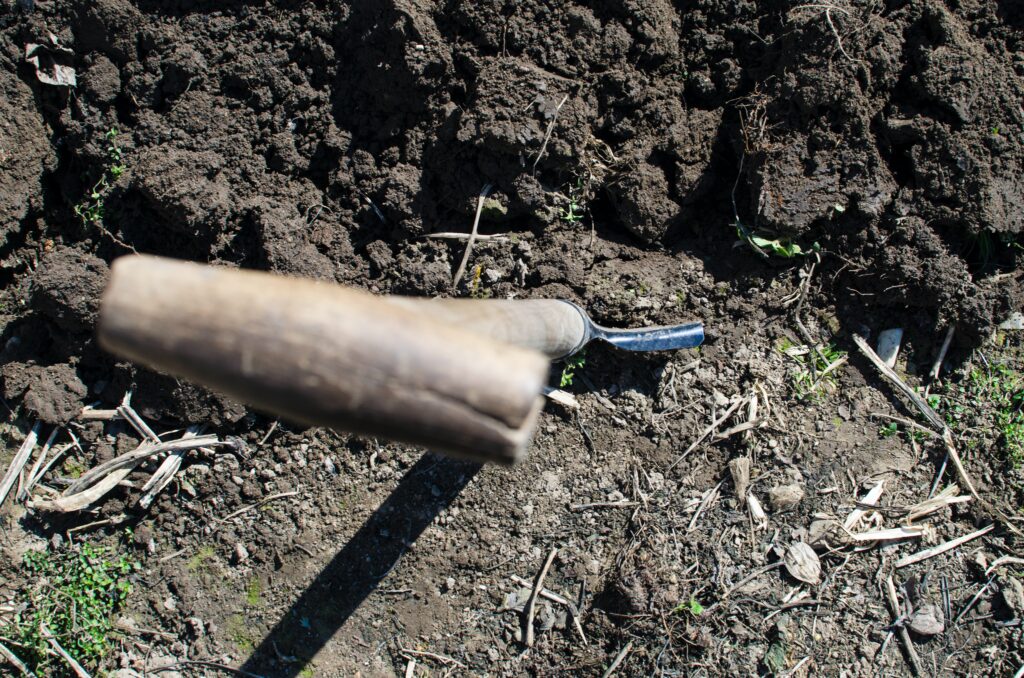
You’ll also need some tools—a shovel, a rake, a hoe, that kind of thing. And don’t forget the seeds and plants! If you’re not sure where to start, your local garden center can point you in the right direction.
Last but not least, you’ll need to make sure you have access to water. Whether it’s from a well or from your local municipality, water is essential for growing crops.
The First Steps to Starting Your Backyard Farm
You’ve decided that you want to start a backyard farm. Good for you! It’s a great way to get back to your roots (literally) and to connect with your food in a whole new way.
But where do you start? Well, the first thing you need to do is come up with a plan. What kind of crops do you want to grow? What kind of animals do you want to raise? How much space do you have?
Once you have a plan in place, it’s time to get started. This is definitely a process that takes time and patience, but if you stick with it, you’ll be rewarded with delicious, homegrown food. So get out there and start planting!
Deciding What to Grow on Your Backyard Farm
Once you’ve decided to start a backyard farm, the next step is to figure out what you’re going to grow. This can be daunting, especially if you’re not familiar with all the different types of produce.
But don’t worry, we’re here to help. In this section, we’ll give you an overview of some of the most popular crops to grow. We’ll also provide tips on how to choose the right plants for your climate and soil type.
Caring for Your Backyard Farm
You’ll need to take care of your backyard farm if you want it to be successful. This means regular watering, feeding, and maintenance.
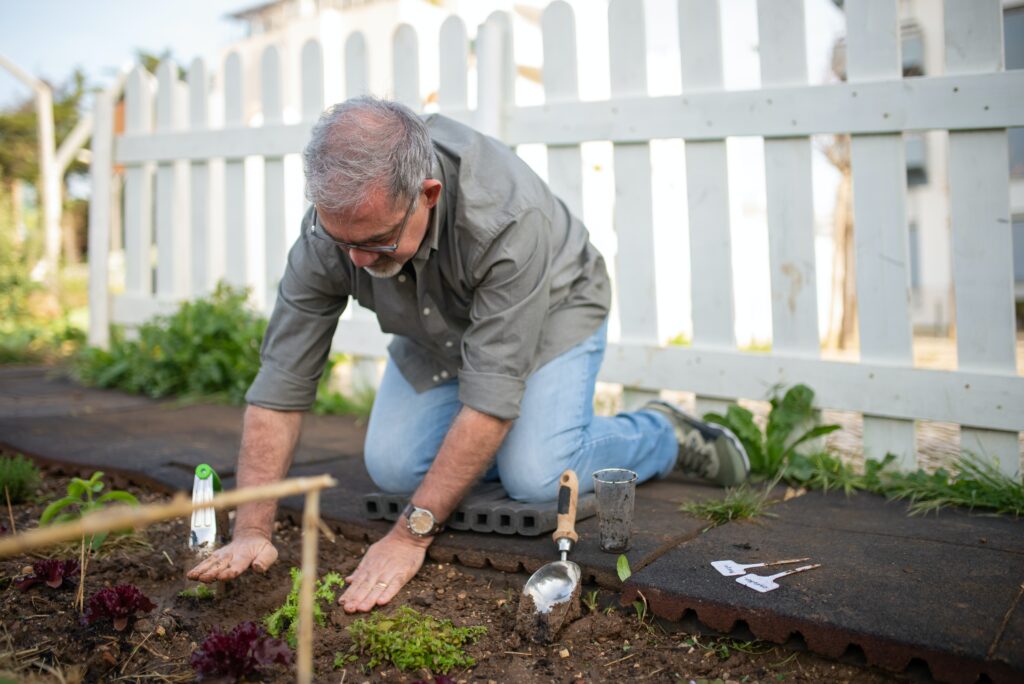
Feed your plants regularly with a balanced fertilizer, and water them deeply but infrequently to help them develop a deep root system. You may need to water more often if you live in a hot, dry climate.
Mulch around your plants to help conserve moisture and reduce weed growth. Keep an eye out for pests and diseases, and treat them as soon as you spot them.
By following these simple tips, you’ll be able to enjoy the fruits (and vegetables) of your labor for years to come.
Troubleshooting for Your Backyard Farm

When you’re starting a backyard farm, there are a few things you need to keep in mind. For instance, what do you do if your crops start to wilt?
Don’t worry, we’re here to help. Below are a few troubleshooting tips for common problems you might encounter when starting a backyard farm.
If your crops are wilting, it could be due to a lack of water or nitrogen. Make sure you’re watering your plants regularly and adding manure or compost to the soil to give them the nutrients they need.
If your plants are being eaten by pests, you can try using organic pesticides or insect traps. If that doesn’t work, you might have to resort to chemical pesticides, but be sure to read the label carefully and follow the instructions carefully.
And finally, if your plants are dying for no apparent reason, it might be due to disease. In this case, you might have to bring in a professional to diagnose and treat the problem.
Starting a backyard farm is a great way to get back to basics and provide your family with fresh, organic produce. It’s also a fun and rewarding way to get connected with your local community.
To get started, you’ll need to choose the right spot in your yard and map out your growth plan. You’ll also need to set up some basic infrastructure, such as fencing, irrigation, and storage shed.
Once you’ve got everything in place, it’s time to start planting! Be sure to keep track of your crops’ progress and enjoy the delicious fruits of your labor.

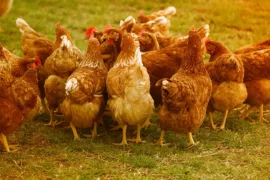
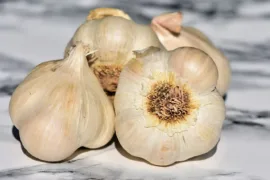
6 Replies to “How to Start a Successful Backyard Farm”
Comments are closed.